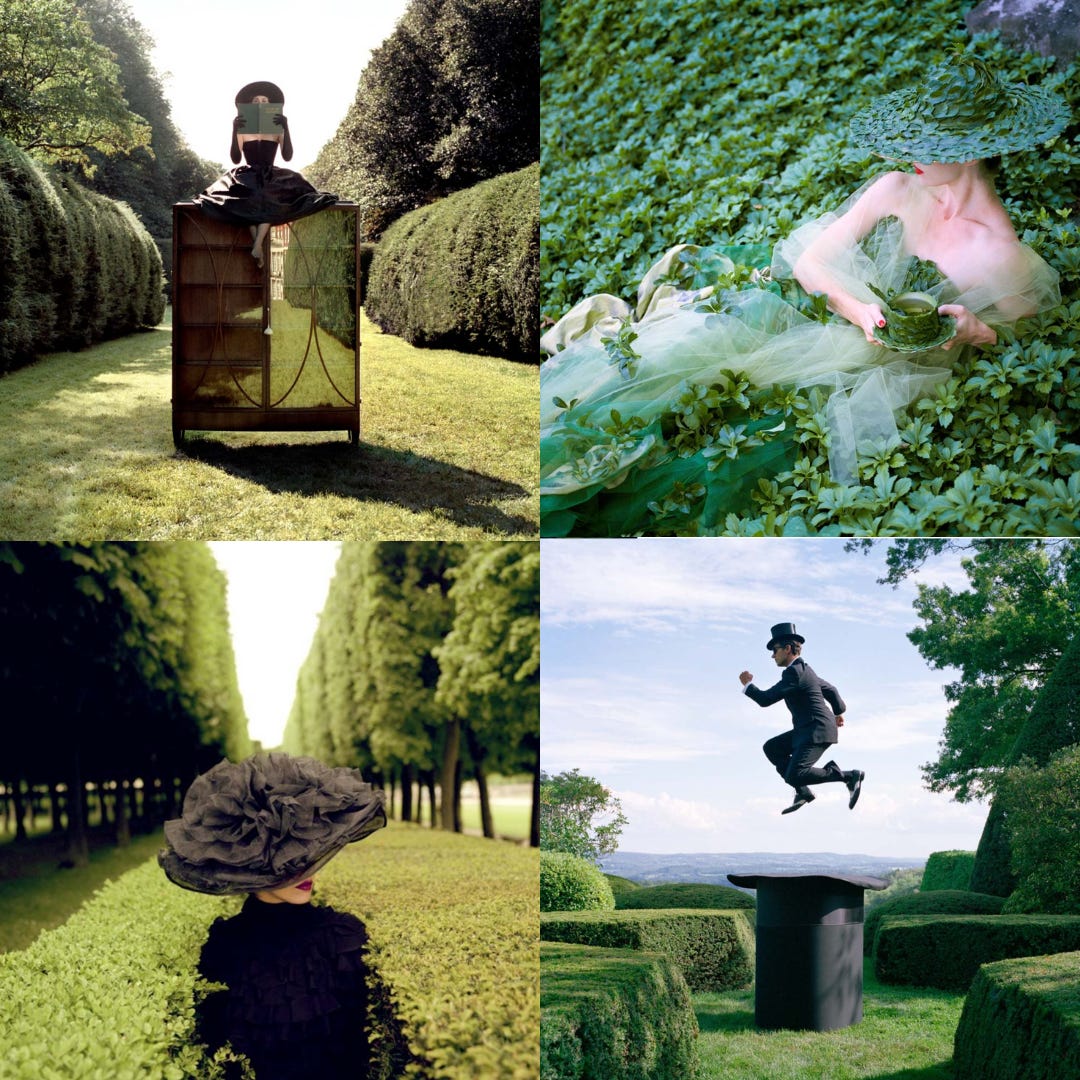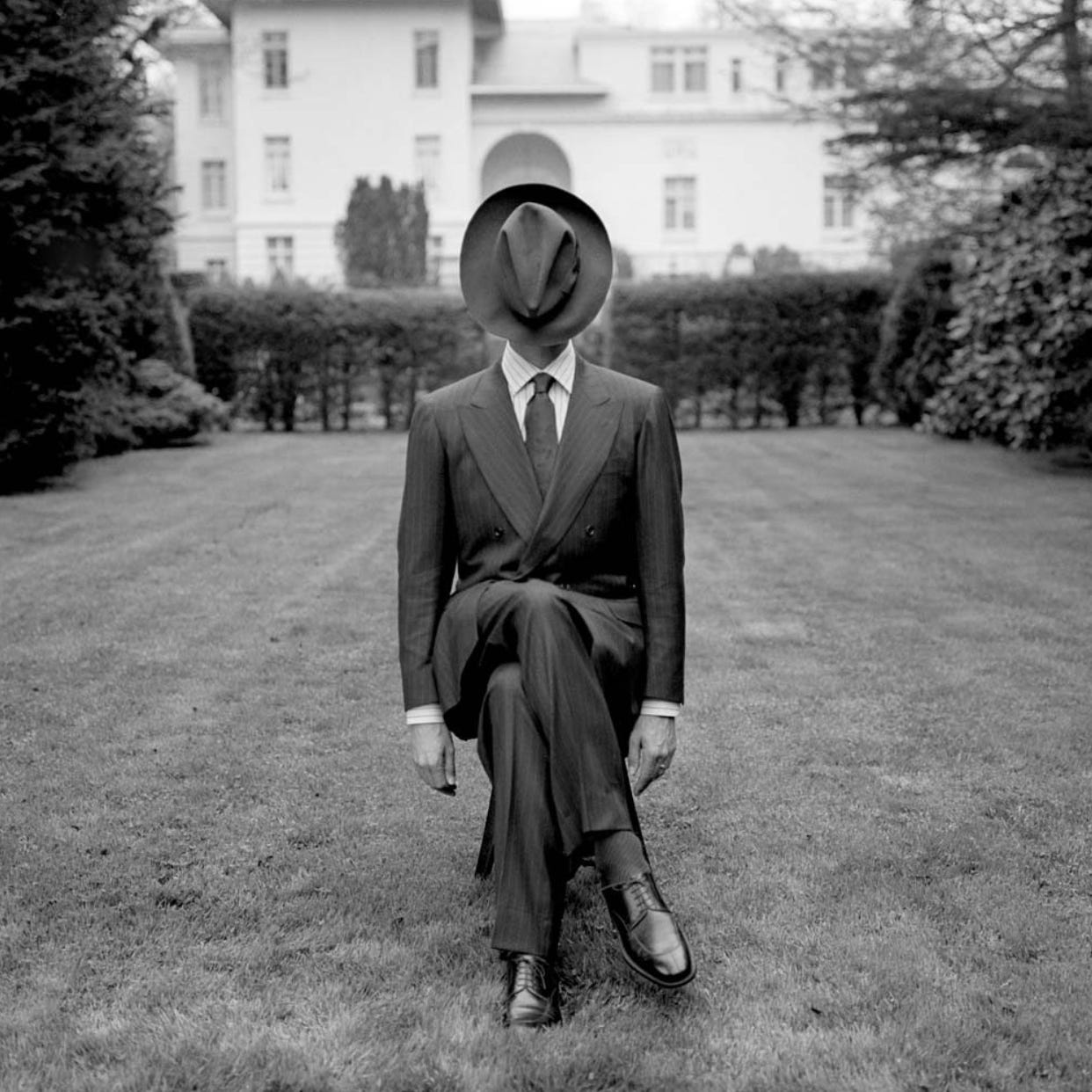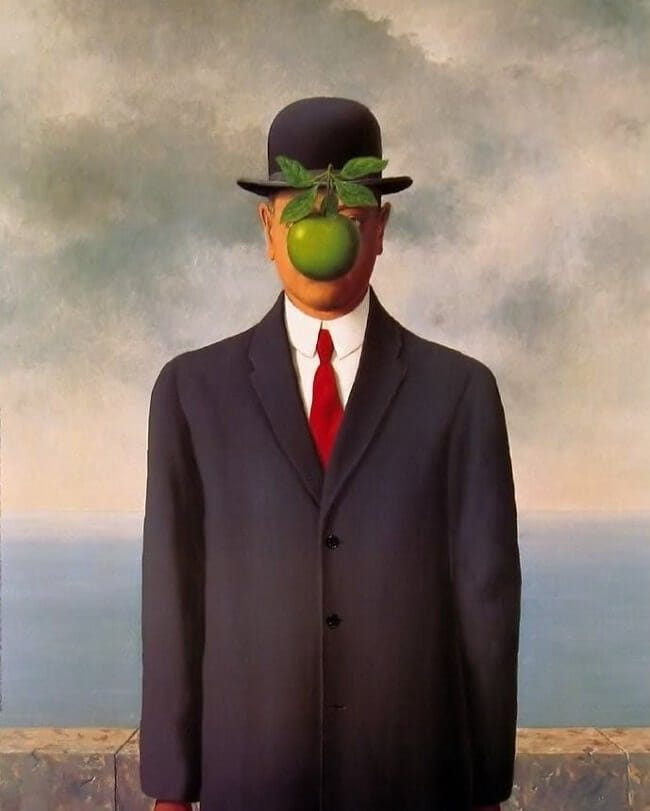The Elegant Dreamer: Rodney Smith’s Whimsical World of Surrealism
Discover the surrealist-inspired photographs of American photographer Rodney Smith
Happy Sunday and welcome back to Giselle daydreams! Today’s post is inspired by one of my readers Søren, who shared with me the work of Rodney Smith, a photographer whom I didn’t know before, but who took Surrealism as a source of inspiration in his black and white photographs.
This post is too long for your mailbox, please move on your browser or via the Substack app to read the entire post.

Rodney Lewis Smith (1947–2016) was a celebrated American photographer known for his surreal, whimsical, and timeless images that blend fashion, portraiture, and fine art. His work is marked by meticulous composition, dreamlike narratives, and a playful sense of humour. Inspired by classic aesthetics and a deep appreciation for craftsmanship, Smith's photography often evokes the elegance of a bygone era while remaining contemporary and evocative.
Smith's work is characterised by a timeless aesthetic drawing from 20th-century influences, making his photographs concurrently vintage and modern. He frequently used black-and-white film, adding a sense of classic sophistication. His images often include fantastical elements, such as subjects balancing on chairs, leaping in the air, or interacting with unexpected objects in unusual settings; conveying whimsy and Surrealism. Furthermore, Smith was deeply influenced by formalism, and his impeccable compositions reflect a mastery of line, balance, and perspective.

Rodney Smith struggled with self-confidence early in his career, especially as the son of a successful businessman. His father, Sanford Smith, was a prominent figure in the New York art world, but their relationship was strained. Rodney often felt the pressure of living up to expectations, which fueled his determination to carve out his own artistic path.
Before becoming a professional photographer, Rodney Smith studied philosophy and religion at the University of Virginia and graduated in 1970. He later earned a Master’s degree in Theology from Yale Divinity School in 1973. His academic background deeply influenced his artistic vision, as he sought to explore themes of purpose, identity, and existence through his work.

Smith was a meticulous perfectionist. He believed in mastering traditional techniques before pushing boundaries. His compositions are carefully constructed, often resembling classical paintings in their balance and symmetry. Smith considered the camera a tool for achieving precision. Furthermore, Henri Cartier-Bresson’s photography, whose decisive moments and geometry also shaped Smith’s approach to composition.
Smith famously resisted modern trends in photography. While many of his contemporaries embraced digital tools and new techniques, Smith remained committed to analogue film, timeless aesthetics, and traditional photographic methods. His refusal to compromise on his artistic integrity gave his work a unique and enduring quality.
Despite working in an era of rapidly advancing photographic technology, Smith preferred simplicity. He primarily used a 35mm Leica camera and natural light before transitioning to a 120/6x6 (medium format) Hasselblad with an 80mm lens. His refusal to rely on heavy post-production or digital manipulation allowed him to focus on crafting perfect scenes on set.

Smith's photography is deeply rooted in surrealism, a movement, which challenges reality and the mundane through imaginative and dreamlike imagery. While Smith’s work is not overtly surreal in the same vein as Salvador Dalí or René Magritte, his photographs evoke a subtle, playful surrealism that transforms everyday scenes into something magical and unexpected.
Smith’s iconic use of hats in his photography wasn’t merely a stylistic choice — it stemmed from a fascination with their symbolic and aesthetic qualities. Hats, particularly bowler hats, appear frequently in his images, serving as metaphors for identity, status, and tradition.
Smith's work often features scenes that seem straight out of a dream. Figures float, leap, or balance precariously in settings where gravity and logic appear suspended. This element of surprise and whimsy aligns with surrealism's goal of unlocking the subconscious and reinterpreting reality. His iconic image of a man standing on a ladder in the middle of an expansive landscape challenges the viewer's sense of space and purpose.

Unlike the darker or more unsettling aspects of surrealism explored by others, Smith’s surrealism leans toward whimsy, elegance, and optimism. His work transforms the ordinary into the extraordinary without losing its charm, often celebrating the joy of the unexpected. This balance between reality and fantasy defines his unique approach to surrealism and makes his work enduringly captivating.
Smith frequently cited Belgian artist René Magritte as a major influence. Magritte’s Surrealism is evident in his playful and thought-provoking scenarios. Magritte’s Surrealism thrives on unexpected juxtapositions and ordinary objects placed in extraordinary contexts. Like Magritte, Smith used visual puns, unexpected juxtapositions, and a formal elegance to create mystery and surreal effects to provoke thought. Objects such as bowler hats, umbrellas, chairs, and anonymous figures, appear repeatedly in his work, acting as both props and symbols.
Smith's use of recurring symbols, like hats and umbrellas, imbues his work with layers of meaning. These objects, often stripped of their practical purpose, take on an enigmatic, dreamlike quality. Both artists relied on precision and balance in their compositions. Magritte’s The Son of Man (1964) echoes Smith’s playful, enigmatic portraits of similarly dressed figures. Smith's bowler-hatted man parallels Magritte’s recurring use of the same motif, representing anonymity and surreal displacement. Furthermore, the umbrella in Smith's work might shield a subject from an imagined rain or float aimlessly in the sky, reminiscent of Magritte’s The Son of Man.
I've also written prior a long-form essay on Magritte’s painting here.
While many people associate Smith’s Surrealism with Magritte, his admiration for the Surrealist painter bordered on obsession. Smith owned books, prints, and memorabilia related to Magritte and even attempted to recreate the painter’s dreamlike logic in his own visual storytelling.
Man Ray’s experimental photography, particularly his surrealist rayographs, often played with light, shadow, and dreamlike imagery. Smith's surrealist work, while less abstract, shares Man Ray’s fascination with timeless elegance and the ability to elevate everyday objects into something transcendent.

While Arbus is not typically associated with surrealism, her portraits capture the strange and uncanny within real-life scenarios. Smith, like Arbus, taps into the surreal in human expression, using carefully chosen poses, props, and environments to create his unique narratives.
A contemporary of Smith, Tim Walker's surrealist fashion photography features whimsical, almost fairy-tale-like scenes. Both photographers share a love for storytelling through visual exaggeration and unexpected pairings, though Smith’s work remains rooted in classical refinement, while Walker’s often leans into theatricality.
While surrealism often embraces chaos, Smith brought a meticulous order to his compositions, creating a tension between reality and imagination. His balanced framing, symmetry, and classical proportions ground his surreal imagery in a sense of calm beauty, making the unusual seem plausible. Smith's settings, often vast open fields, country estates, or rolling hills, create a sense of isolation and timelessness. These locations feel both real and otherworldly, amplifying the surreal quality of his narratives. Smith's manipulation of scale — such as a man dwarfed by an oversized ladder or figures perched atop impossibly tall chairs — creates visual irony and challenges the viewer's perception, hallmarks of surrealism.

Smith was an avid reader and drew inspiration from classic literature, including works by authors such as F. Scott Fitzgerald and Virginia Woolf. This literary influence is evident in the narrative quality of his photographs, which often resemble scenes from a story. Furthermore, Smith published several monographs, including The Hat Book and Rodney Smith: Photographs.
Though Rodney Smith’s work often exists in the fine art realm, his style has profoundly influenced fashion photography. Smith worked with fashion brands such as Ralph Lauren, Calvin Klein, and J. Crow, showcasing his ability to merge commercial and artistic sensibilities. Smith also captured compelling portraits of influential figures, each imbued with his signature elegance and wit. Many contemporary photographers borrow his techniques of blending surrealism with elegance, and his work continues to inspire high-end campaigns and editorials.
In addition to his photography career, Smith was passionate about mentoring the next generation of artists. He taught photography at the University of Pennsylvania and the Art Institute of Boston, where he shared his philosophy of combining technical mastery with personal vision.
Rodney Smith's photography invites viewers into a world of beauty and imagination, where the ordinary becomes extraordinary. His unique vision continues to inspire photographers and creatives across disciplines. His ability to blend whimsy with refinement has made his work beloved by art enthusiasts, fashion insiders, and collectors alike. Finally, a lifelong fascination with literature, art history, and architecture, often informed the conceptual depth of his work.
Smith's photographs are housed in private collections, museums, and galleries worldwide. His images have graced the pages of leading magazines and advertising campaigns, as well as fine art exhibitions.
FIN.
Thank you for reading this post. If you enjoyed it, please like, comment, share and subscribe. It helps the newsletter grow.













Really enjoyed this post, thank you! Reminded me of Surrealist Photography course I took in university :)
Very nice, thank you. I love these and appreciate the whimsy, over the sometimes disturbing nature of surrealism.